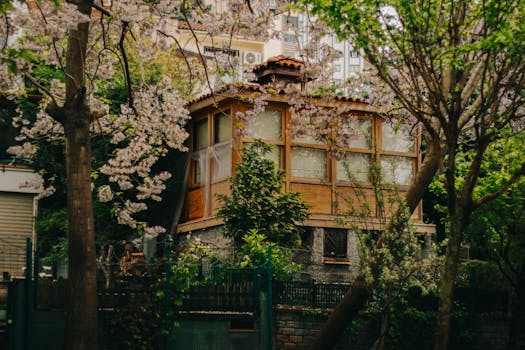
Urban Green Spaces: The Future of Outdoor Living in European Cities by 2025
Introduction to Urban Green Spaces
Urban Green Spaces: The Future of Outdoor Living in European Cities by 2025 is becoming increasingly important as cities continue to grow and urbanize. Green spaces, such as parks, gardens, and green roofs, provide numerous benefits to both the environment and human health. In this article, we will explore the importance of urban green spaces in European cities and how they will shape the future of outdoor living by 2025.
Benefits of Urban Green Spaces
Urban green spaces offer a wide range of benefits, including improved air quality, reduced noise pollution, and enhanced biodiversity. They also provide opportunities for physical activity, social interaction, and mental relaxation. Additionally, green spaces can help to mitigate the urban heat island effect, reduce stormwater runoff, and improve overall environmental sustainability.
Current State of Urban Green Spaces in European Cities
Many European cities are already investing in urban green spaces, with some notable examples including the High Line in London, the Park de la Villette in Paris, and the Superkilen park in Copenhagen. However, there is still much work to be done to ensure that all cities have access to sufficient and well-maintained green spaces.
Future of Urban Green Spaces in European Cities
By 2025, urban green spaces are expected to play an even more critical role in European cities. With the increasing focus on sustainability and environmental protection, cities will need to prioritize green infrastructure to reduce their carbon footprint and improve air quality. This may involve the creation of new green spaces, as well as the renovation and expansion of existing ones.
Challenges and Opportunities
Despite the many benefits of urban green spaces, there are also challenges to be addressed. These include funding constraints, limited space, and conflicting land-use priorities. However, these challenges also present opportunities for innovation and creativity, such as the development of green roofs, walls, and urban agriculture.
Conclusion
In conclusion, urban green spaces will play a vital role in shaping the future of outdoor living in European cities by 2025. As cities continue to grow and urbanize, it is essential that we prioritize the creation and maintenance of green spaces to ensure a sustainable, healthy, and livable environment for all citizens.



